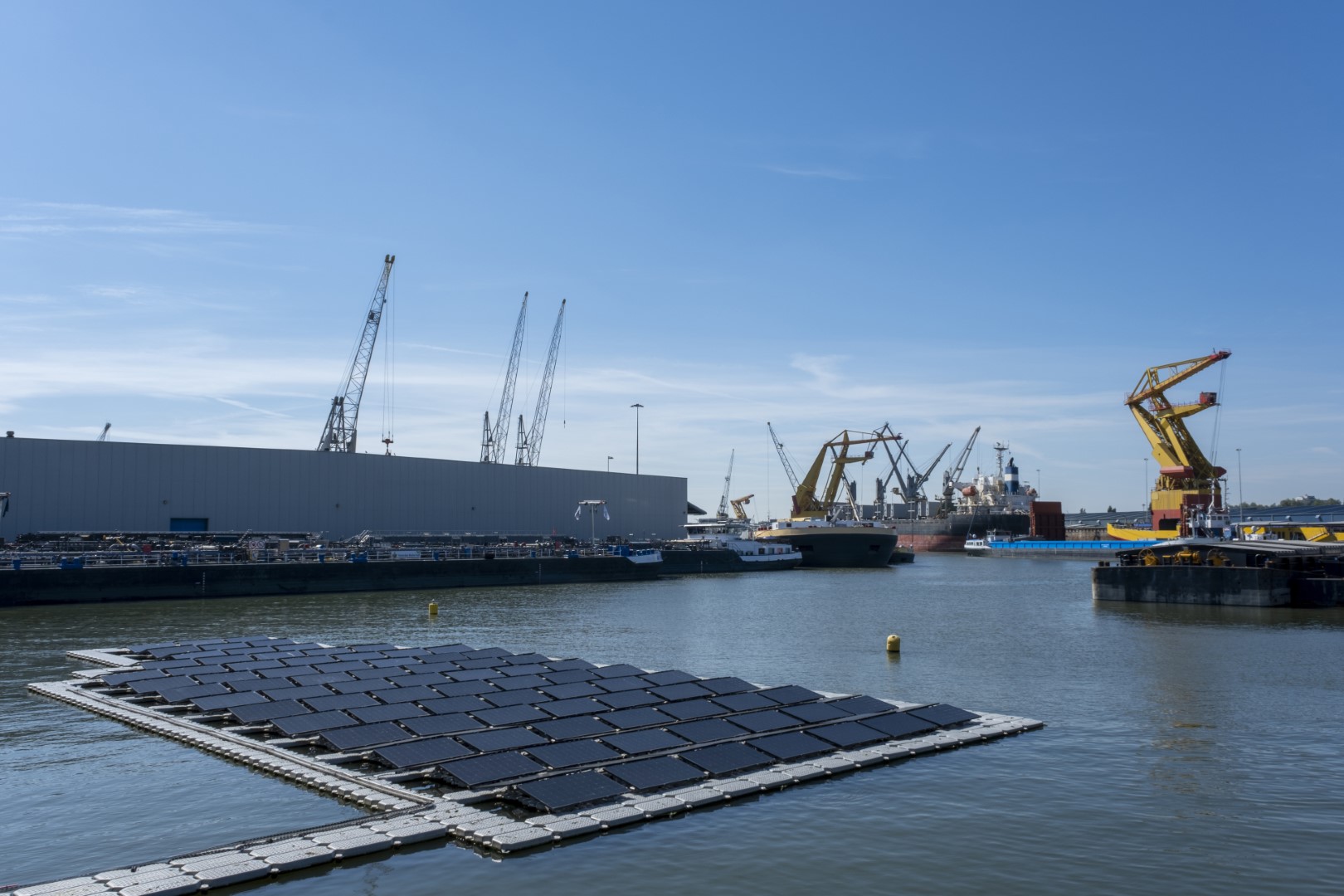Terminal Electrification
Terminal Electrification is high on the agenda of ports and container terminals. To assist ports in achieving their goals, Portwise has developed a terminal electrification solution approach. (see an example of terminal electrification with battery driven AGVs here) A key aspect of terminal electrification involves transitioning to electric equipment. Portwise employs a comprehensive, data-driven improvement approach to evaluate and optimise electric terminal equipment to its fullest potential. This is particularly crucial as electric equipment poses more challenges than for example diesel vehicles.
In response to the increasing interest of ports in electrification, a comprehensive electrification solution approach has been developed. Recognising the complexities involved in transitioning to electric equipment, a data-driven improvement approach is employed to optimise the operational strategies of electric equipment effectively. The focus on simulation analyses facilitates better decision-making by providing insights into
terminal performance under various scenarios. Tailored simulation models allow for testing different equipment types, fleet sizes, charging strategies, and infrastructure possibilities. This approach stands out with validated simulation models, designed algorithms, and a dedicated team of modelling experts, offering detailed analysis and tailored solutions to meet the specific needs of each terminal.
Portwise’s approach to electrification solution design
Input & objective definition
Configuration of alternatives
Modelling of alternatives in a dynamic model
Analysis of results of alternatives

Electrification is not as simple as buying electric equipment
Because electric vehicles have more complex processes than diesel vehicles. This results in a lot of questions.
What considerations are necessary to determine the business case for electrification, including factors such as the number of equipment, choice of battery size, charging power, locations for charging locations, and charging regime?
Are fully electric options available at the desired moment in time? Not every piece of equipment can currently be ordered off the shelf in a battery/electric option.
How many and where do I install the shore power installations? Does the shore power impact the berth capacity?
How can the terminal effectively source green energy? The availability of renewable energy varies across the world.
External factors, such as cold weather or battery degradation over time?

Terminal Electrification plan by Portwise
Portwise offers support through simulation analyses to help make better-informed decisions by investigating in-depth scenarios. These simulations provide insight into terminal performance for various scenarios, including testing different equipment types, fleet sizes, vehicle battery sizes, shore power installations, layout and infrastructure possibilities. For instance, you can test charging station locations and multiple charging strategies can be tested to meet each terminal’s specific conditions and needs.
The value Portwise delivers:
- Detailed simulation analysis for electric vehicles.
- Simulation analysis for shore power installations.
- Different levels of detail for specific purposes.
- Tailored simulation models for electric terminals or other logistic operations.
- Proof of concept for new types of equipment or new handling strategies.
What makes Portwise different?
- Simulation models validated against data from live operations.
- Designed and tested algorithms of real TOS and ECS.
- Dedicated team of modelling experts with a long track record.